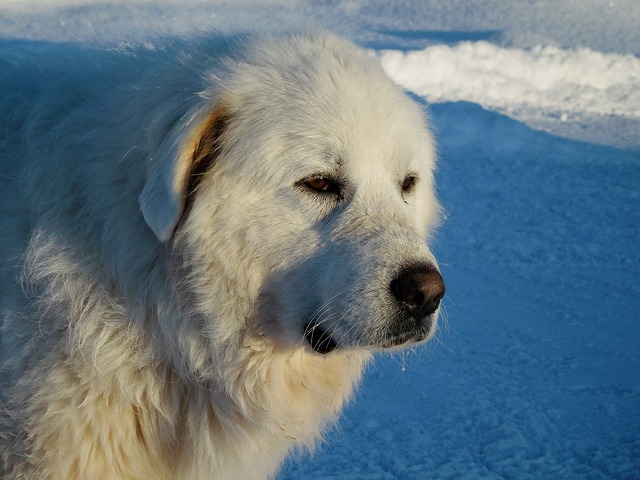New genetic research has shown some surprising connections in the ways dog breeds are related to each other. Genetic information from 1346 dogs representing 161 breeds was compiled over 20 years to put together a new “family tree” showing what dog breeds are related to each other and how closely they are related.
Almost all of the dog breeds fell into 23 groups, or clades. Each clade, while grouped by genetic similarities, also shared similar characteristics within the breeds represented in the clades, which isn’t very surprising. What is surprising is that some dogs aren’t related the same way we have them separated into groups within the American Kennel Club (AKC) and other organizations.

For example, the Pug was brought to Europe in the 1500s in order to shrink other breeds, and their DNA is fingerprinted on a surprising number of breeds. As a result, Pugs are more closely related to American Eskimos and Miniature and Standard Schnauzers than they are to other toy breeds like Chihuahuas and Shih Tzus.
Veterinarians have never been able to figure out why Nova Scotia Duck Tolling Retrievers are prone to a genetic disease called “Collie eye anomaly,” which is usually found in herding breeds such as Collies, Border Collies, and Australian Shepherds. This new study showed that Duck Tollers have an Australian Shepherd or Collie ancestor that passed on the trait.

Other surprises include Giant Schnauzers being much more closely related to Rottweilers and Doberman Pinschers than they are to Miniature and Toy Schnauzers; Greyhounds being more closely related to Old English Sheepdogs than Salukis, and Great Pyrenees being more closely related to Pharaoh Hounds than Australian Shepherds.
This research also only includes 150,000 spots on each dog’s genome. The goal is to eventually map out whole genomes (which include 2.5 billion bases) on every breed currently recognized.

Be sure to check out the family tree and more details on this research from Cell Reports or Science Magazine!
(H/T: Science Magazine, Cell Reports)
